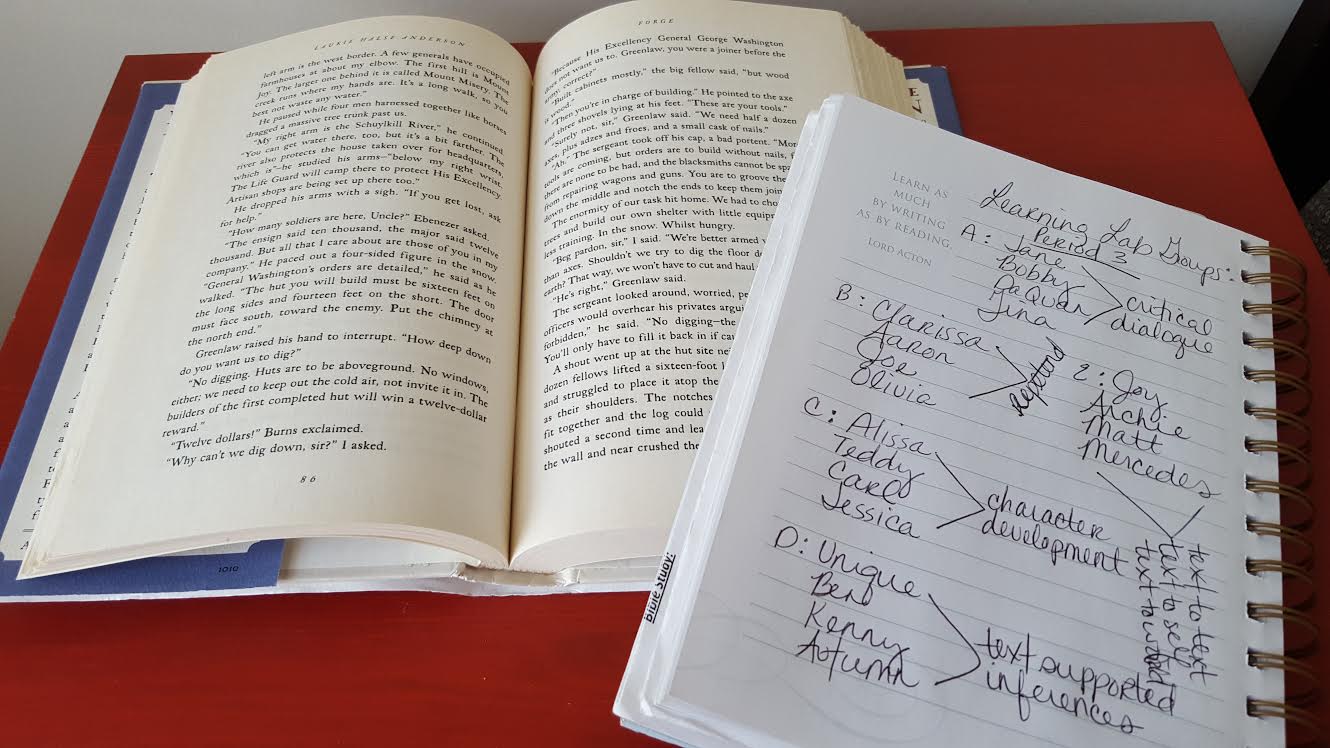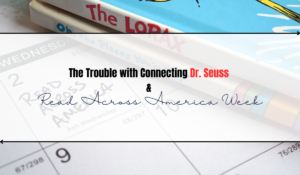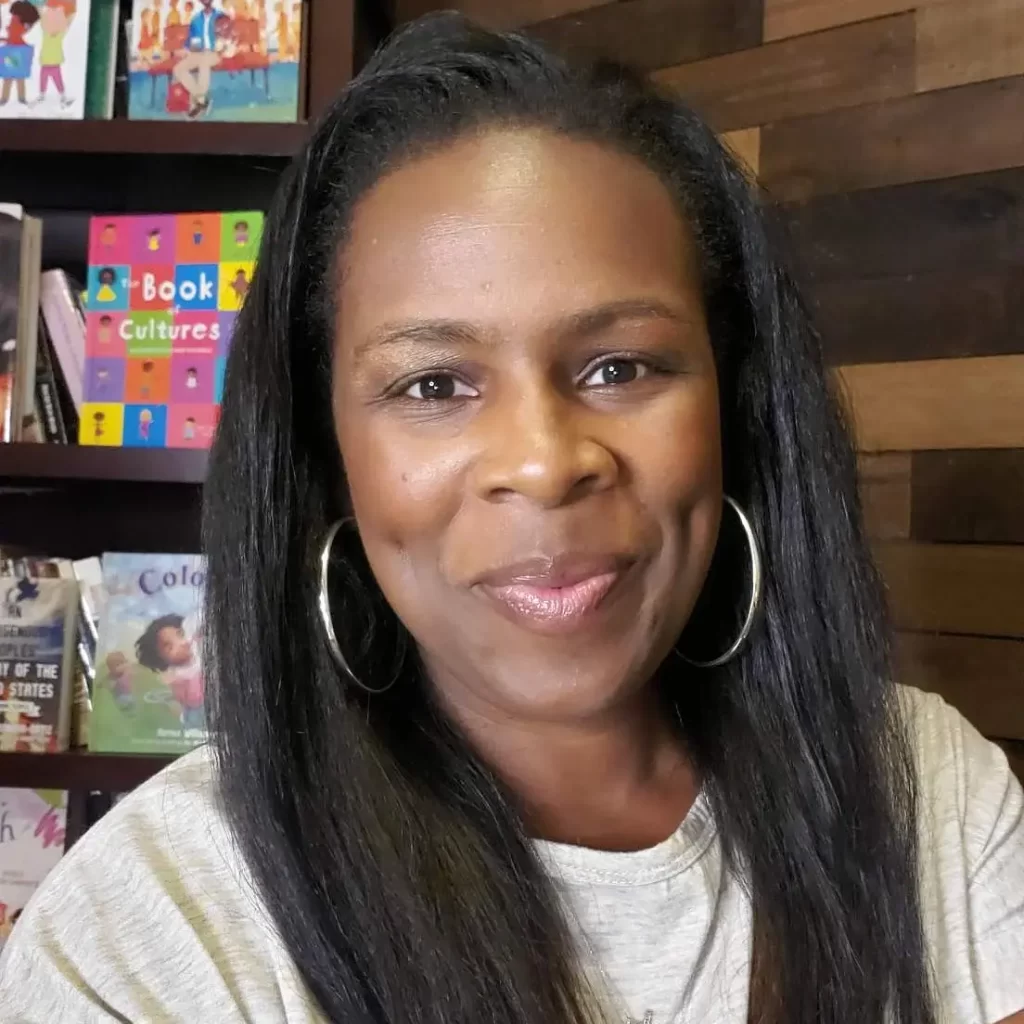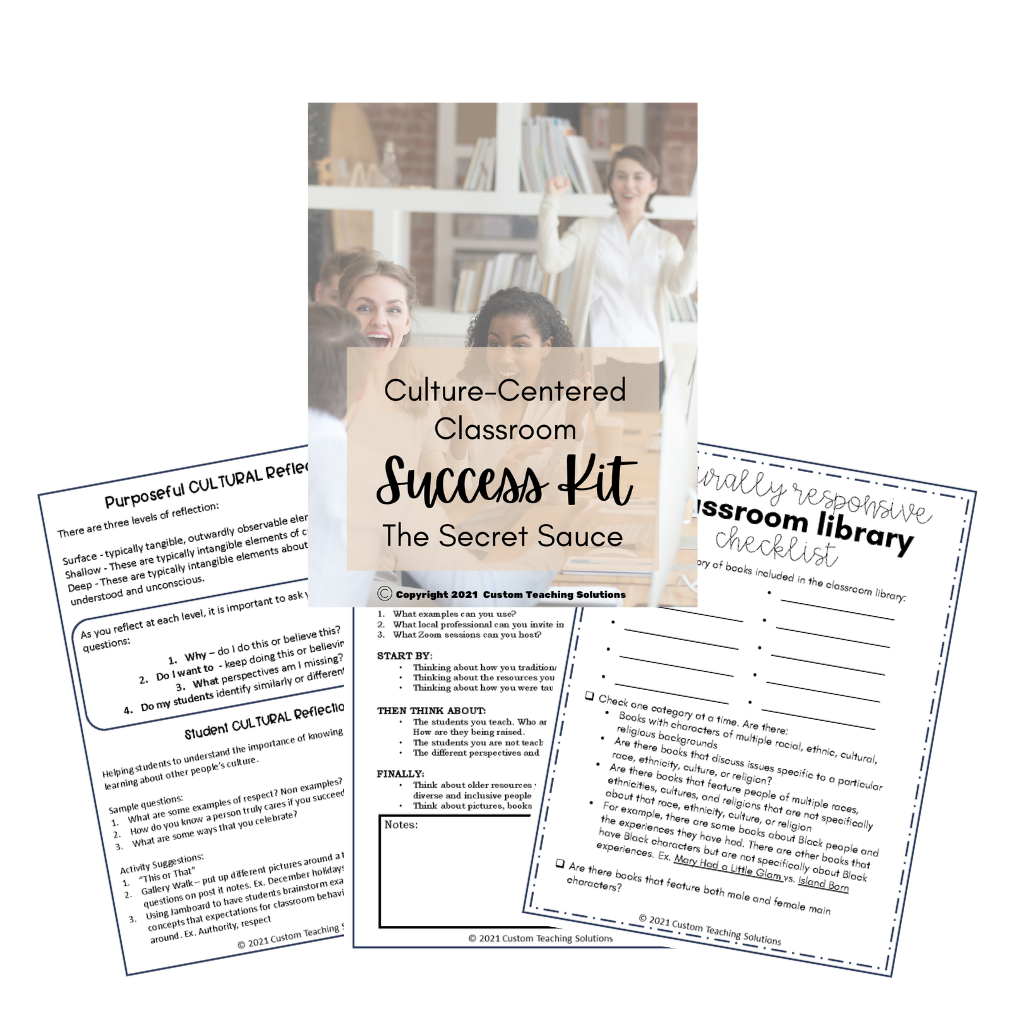
The novel has been selected and the course has been charted on the calendar. Now it’s time to really dig deep. While charting the course you thought briefly about the standards you would cover, the types of projects and presentations your students would complete. Now it is time to tear the standards apart, pull out the meat, and create the actual assignments, craft the lessons, design the rubrics.
Thoughts to consider:
- Begin with the end in mind. What do you want the students to learn? Start there and work backward.
- What will the final assessment look like – project, presentation, test?
- What assignments are necessary to achieve the learning goals?
- What passages need to be highlighted?
- What supplemental reading materials will be needed?
- What movie clips might increase understanding?
- We want the students knowledge to go deep, not wide. When our students have a deeper understanding of concepts, they are more likely to remember the concept long after the story’s plot line has escaped their memory. In addition, the chances of cross curricular and real world transfer, and application are greater.
- Guiding students toward greater independence should always be a goal. What resources are available to help you gradually release reading responsibilities to your students while still holding them accountable?
- Literature Circles – Student led reading and learning groups designed to get all members engaged. Students are held accountable by their peers and the teacher.
- Literature Labs – Students are placed into concept focus groups. While reading, the group focuses on finding examples of one concept. The group shares their findings, working together to design a lesson to teach their classmates. The students then create groups containing one or two members from each strategy focus area to begin teaching, sharing, and discussing.
- At home reading – If you have enough novels, and the students are responsible, sending the text home to be read is a great option. Students should be given a specific number of pages to read and a focus for their reading. Assigning a huge study packet is not necessarily effective. Remember, we want the students knowledge to be deep, not wide.
- Preparing 21st century learners means more than paper and pencil assignments. How can you use technology in the service of learning? Is the novel available on Kindle, Nook, eReader? Showing students how to highlight and make notations on an electronic reading device is a great way to make a real world connection. Setting up a class blog site or Twitter account is a great way to make learning interactive. Placing assignments on sites like Edmodo, Moodle, Engrade, or HaikuLearning is a fantastic way to prepare students to take online courses at the college or university level.
These are just a few ideas for consideration. Let us know if you’d like help hashing out the rest! 🙂
Cheers to vision inspired growth and development!
CTS





